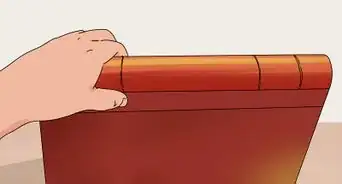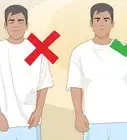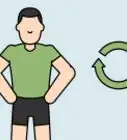This article was co-authored by Monica Morris. Monica Morris is an ACE (American Council on Exercise) Certified Personal Trainer based in the San Francisco Bay Area. With over 15 years of fitness training experience, Monica started her own physical training practice and gained her ACE Certification in 2017. Her workouts emphasize proper warm-ups, cool-downs, and stretching techniques.
There are 10 references cited in this article, which can be found at the bottom of the page.
This article has been viewed 27,299 times.
The latissimus dorsi, or lats, are 2 large muscles that stretch across both sides of your back. These important muscles are responsible for keeping you upright, so they often get sore from overuse. A good stretching regimen can prevent this. Start with a simple overhead stretch to loosen yourself up. When your physical conditioning increases, use an exercise ball or wall to get a deeper stretch. Finally, you can turn your stretching routine into a workout by doing pelvic raises. Mix these routines up to fully loosen your lats.
Steps
Doing an Overhead Stretch
-
1Stand straight up with your feet shoulder-width apart. Let both hands hang to the sides. Keep yourself relaxed and don’t tense any of your muscles.[1]
- This is the simplest lat stretch and requires no equipment or special poses.
- If you’re tense or haven’t loosened up yet, then warm up a little to prepare your muscles for stretching. Walking or jogging for 5-10 minutes helps loosen your muscles. If you're inside, try jumping rope or running in place.
-
2Point one arm straight up towards the ceiling. Start on whichever arm you prefer. Extend it straight upward like you’re trying to touch the ceiling and outstretch your fingers. Press upward so you feel a minor stretch in your back and side.[2]
- If you’re in a place with a low ceiling, try working outside so you have enough room.
Advertisement -
3Bend your hips to the side while keeping your arm straight. Lean towards the opposite side from the arm you’re extending. Bend until you feel a good stretch from your armpit to your mid-back. Stop and bend back a bit if the stretch is uncomfortable.[3]
- Don’t bend your arm at all during this movement. This will give you a less effective stretch.
- You can just let your other arm hang while you do this motion, or place it on your hip if you prefer.
-
4Hold the stretch for 30 seconds. Once you find a comfortable stretch spot, hold there. Wait 30 seconds for the muscle to loosen up. Then bend back up in a slow, smooth motion. Drop the arm when you’re standing straight again.[4]
- Keep the stretch consistent. Don’t make a bouncing or jerking motion.
- If you loosen up and feel like you can stretch more, bend a little further in a smooth motion.
-
5Repeat the process for the other side. Once you’ve stretched one side, do the same for the other side. Lift your arm straight and bend to the opposite side. Hold for 30 seconds, then straighten up and drop the arm.[5]
- Repeat the stretch 2-3 times on each side for the best results.
- Always stretch both sides so your back muscles are evenly-warmed up. Leaving one side unstretched could cause a muscle pull.
Working with an Exercise Ball
-
1Kneel in front of an exercise ball for a deeper stretch. Rest the exercise ball in front of you and kneel. Make sure the ball is within arm’s length from you.[6]
- If you have a hard floor, you might want to kneel on a yoga mat or area rug so your knees don’t hurt.
- You can buy exercise balls from sporting goods stores or online.
- Exercise balls come in different sizes. Try to get one that is about as tall as your waist if you’re kneeling down. One that’s too big or small won’t give you as good of a stretch.
-
2Place both hands shoulder-width apart on the ball. Don’t press down or squeeze the ball. Just rest both arms on it. Make sure there is enough space between your arms for your head to fit through.[7]
- Make sure your arms are outstretched all the way. If they’re bent, your stretch won’t be as good.
-
3Bend down and tuck your head through your arms. Push your hips back and bend your head forward. Continue bending down until your head passes through the space between your arms. Stop when you feel a stretch from your lower back up to your shoulders.[8]
- The ball might roll slightly while you do this. This is okay, and helps you get a deeper stretch. If it rolls too far for your comfort, press down on it to stop it from moving.
-
4Hold the pose for 30 seconds. When you’ve found the perfect stretch spot, hold it to work your lats. Give your back 30 seconds to stretch out before coming back up.[9]
- If your back loosens up, then try to push a little further. Don’t do this suddenly or with a jerky motion. Lower yourself smoothly.
- To focus on one specific side of your lats, lean slightly to that side. This stretches one side a bit more. Try alternating sides for a deeper stretch.
-
5Straighten back up smoothly. Roll your hips forward and raise your head to straighten up. Come back to your starting position and rest. Do another stretch after and see if you can go any lower.[10]
- Repeat this stretch 2-3 times to loosen your whole back.
Using a Wall or Handle
-
1Stand in front of something solid to grab on to. The object should be about as high as your shoulders, though slightly lower or higher will work as well. Popular objects include a wall, the side of a car, a fireplace mantle, or fence. Some gyms also have stretching bars that would work.[11]
- Make sure whatever you use is solid and won’t move when you lean on it. A table or chair won’t work well unless they’re attached to the ground.
-
2Grab the object with your hands shoulder-width apart. Place both hands onto the object and hold on. Make sure there is enough space between your arms for your head to fit between them. Get a good grip so you don’t slip while you’re stretching.[12]
- Also make sure your feet have a good grip on the floor. If you’re on hardwood, go barefoot or stand on a yoga mat, for example.
-
3Bend your hips back until you feel a stretch. Keep your back straight for the best stretch. Just push your hips back and let your head lower until it passes between your arms. When you feel a stretch in your mid-back, hold the position.[13]
- Keep your back and neck straight during the stretch. Don’t bend your neck down.
-
4Hold the pose for 30-60 seconds. Once you reach the ideal stretching position, hold the pose. Wait for 30-60 seconds to give your back a full stretch.[14]
- Keep still while you’re holding the pose. Don’t bounce or make jerky movements.
- If you loosen up and want to go further, bend further back with a smooth motion.
-
5Stand back up to complete the stretch. Once 30-60 seconds pass, push your hips back forward to stand up. Repeat the stretch 3-5 more times to loosen your back up.[15]
- Try shaking your arms out in between stretches to increase blood flow and prevent yourself from getting sore.
Performing a Pelvic Lift
-
1Lay flat on your back with your arms at your sides. Point your palms down at the floor. Relax your muscles and keep your legs outstretched in front of you.[16]
- It may be most comfortable for you to do this exercise on a rug or yoga mat.
- This stretch is also an exercise. If you haven’t warmed up or worked out in a while, then skip this stretch and opt for a less demanding one.
-
2Bend your knees to bring your heels closer to your hips. Begin sliding your feet towards your body until they’re about where your knees were when your legs were straight. Keep both feet planted firmly on the ground. If your heels start lifting, push your feet further forward.[17]
- Make sure your feet can get a good grip on the floor. If you’re wearing socks on hardwood, for example, your feet will probably slide during the stretch.
-
3Raise your pelvis straight up until you feel a stretch. Press your hips upward towards the ceiling. Imagine you’re trying to touch the ceiling with your midsection. Stop when you feel a stretch in your mid-back.[18]
- Keep your hands on the ground, but don't press your body up with them. Let your hips do the work.
-
4Hold the pose for 5-10 seconds. This is a difficult pose to hold, so 5-10 seconds at a time gives you enough of a stretch. Once you reach a good stretching point, hold it before lowering yourself.[19]
- For a more intense workout, you can hold the pose for longer. Try 30-second increments. For more intensity, see how long you can hold it.
-
5Lower your pelvis to the ground. After 5-10 seconds, lower yourself with a smooth motion. Stop when your hips touch the ground again.[20]
- Repeat this motion 5-10 times for a good stretch and workout.
Expert Q&A
-
QuestionIs stretching your spine good for you?
 Cassie WakinCassie Wakin is a Pain & Posture Specialist based in Austin, Texas. With more than 11 years of experience, she specializes in fitness coaching, intuitive eating nutrition counseling, and addressing back pain, poor posture, and joint pain. Cassie holds a Human Biomechanics Specialist Certification from Functional Patterns and is an Anthem Award winning trainer.
Cassie WakinCassie Wakin is a Pain & Posture Specialist based in Austin, Texas. With more than 11 years of experience, she specializes in fitness coaching, intuitive eating nutrition counseling, and addressing back pain, poor posture, and joint pain. Cassie holds a Human Biomechanics Specialist Certification from Functional Patterns and is an Anthem Award winning trainer.
Pain & Posture Specialist It can be good, but I believe that traditional stretching modalities, although oftentimes feeling good, tend to exacerbate postural deviations and therefore pain. Stretching without context usually tends to make things worse, so try checking your unique situation with a doctor.
It can be good, but I believe that traditional stretching modalities, although oftentimes feeling good, tend to exacerbate postural deviations and therefore pain. Stretching without context usually tends to make things worse, so try checking your unique situation with a doctor.
Warnings
- Remember to always warm up before a stretching routine. Do a light jog or walk for 10 minutes so your muscles are loosened up and ready for stretching.⧼thumbs_response⧽
Expert Interview
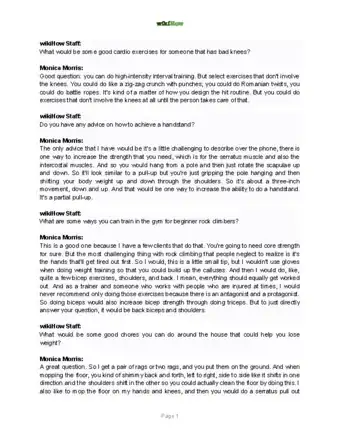
Thanks for reading our article! If you'd like to learn more about stretching out, check out our in-depth interview with Monica Morris.
References
- ↑ https://www.medicalnewstoday.com/articles/321623.php#pain-prevention
- ↑ https://youtu.be/x1SdnOkQoo0?t=94
- ↑ https://youtu.be/x1SdnOkQoo0?t=102
- ↑ https://youtu.be/x1SdnOkQoo0?t=107
- ↑ https://youtu.be/x1SdnOkQoo0?t=110
- ↑ https://www.healthline.com/health/lat-stretches#wall-press
- ↑ https://www.healthline.com/health/lat-stretches#wall-press
- ↑ https://www.healthline.com/health/lat-stretches#wall-press
- ↑ https://www.healthline.com/health/lat-stretches#wall-press
- ↑ https://www.healthline.com/health/lat-stretches#wall-press
- ↑ https://www.healthline.com/health/lat-stretches#wall-press
- ↑ https://youtu.be/x1SdnOkQoo0?t=72
- ↑ https://youtu.be/x1SdnOkQoo0?t=73
- ↑ https://www.healthline.com/health/lat-stretches#wall-press
- ↑ https://youtu.be/x1SdnOkQoo0?t=84
- ↑ https://www.medicalnewstoday.com/articles/321623.php#pain-prevention
- ↑ https://www.medicalnewstoday.com/articles/322684.php#other-tips
- ↑ https://www.medicalnewstoday.com/articles/321623.php#pain-prevention
- ↑ https://www.medicalnewstoday.com/articles/322684.php#other-tips
- ↑ https://www.medicalnewstoday.com/articles/321623.php#pain-prevention
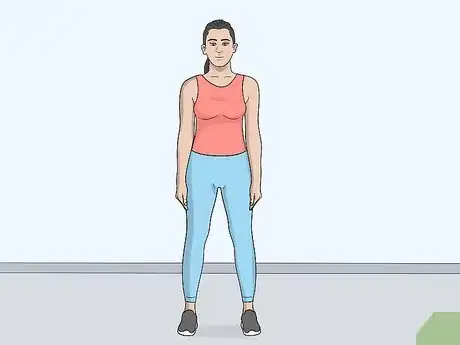
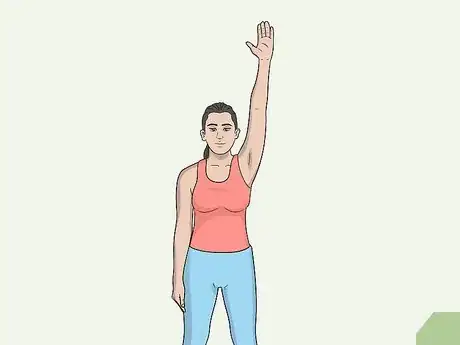
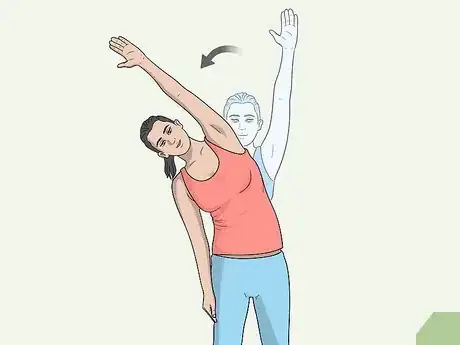
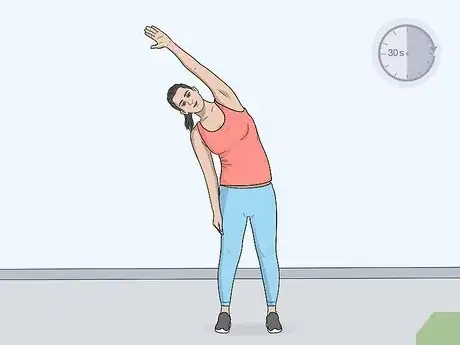
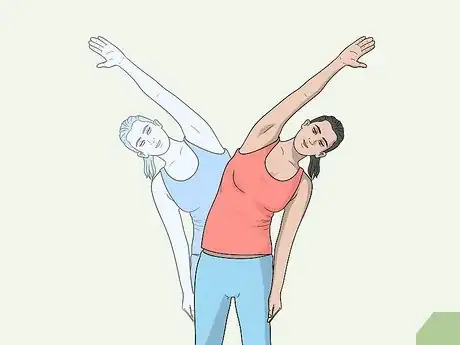
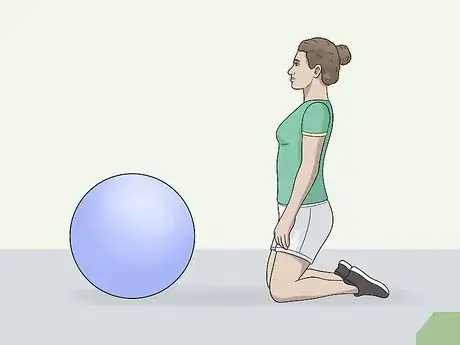
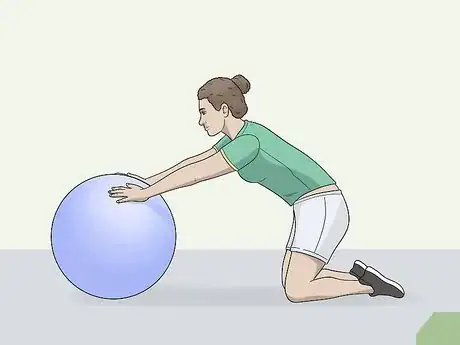
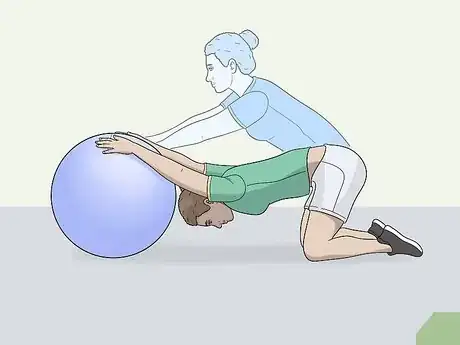
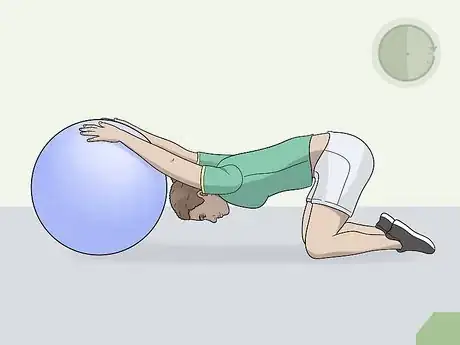
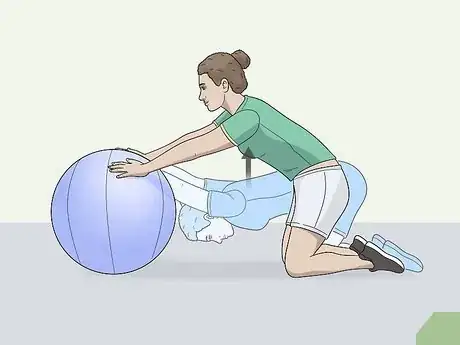
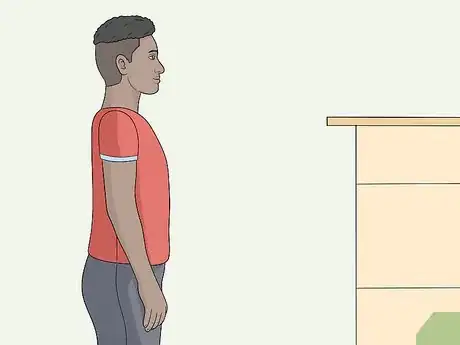
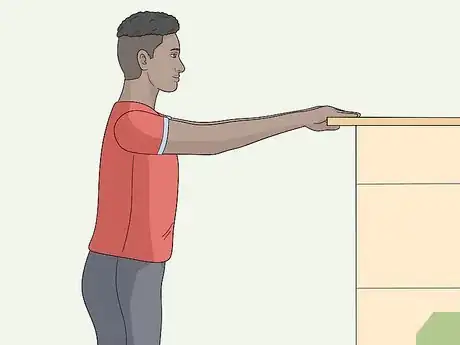
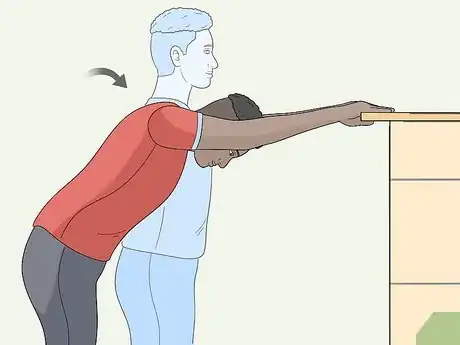
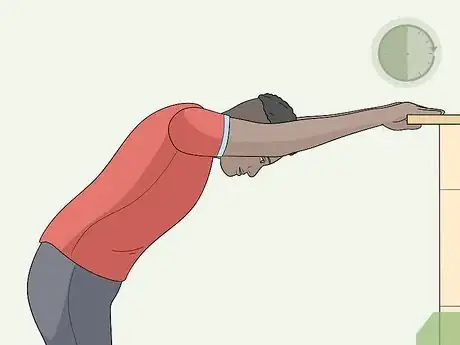
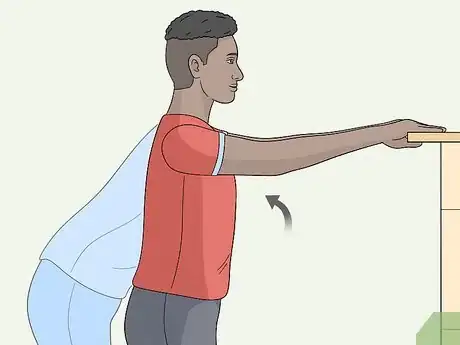
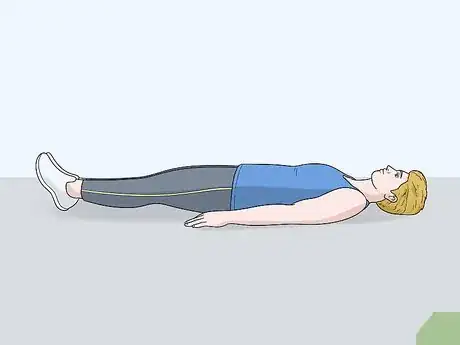
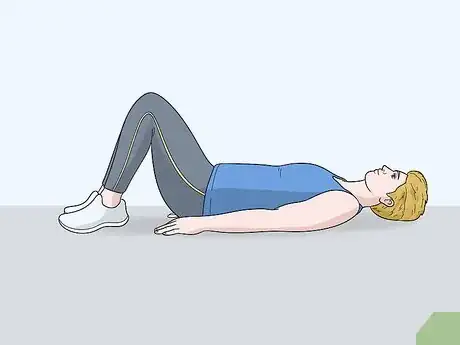
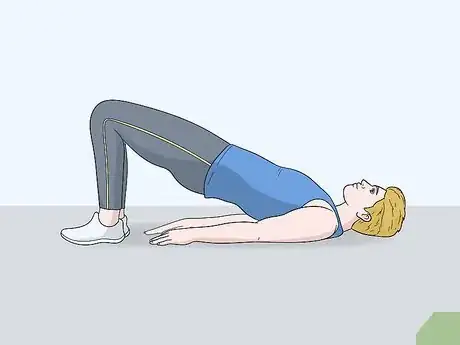
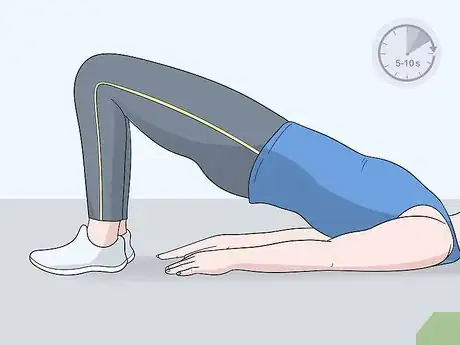
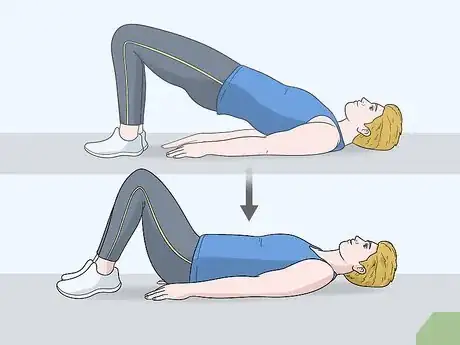
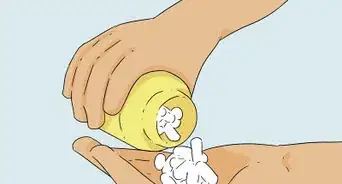


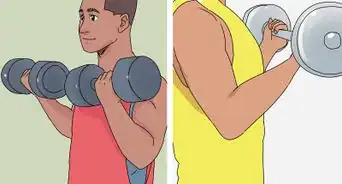

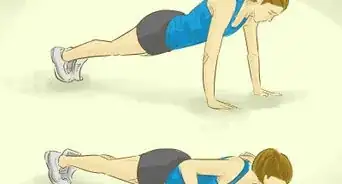
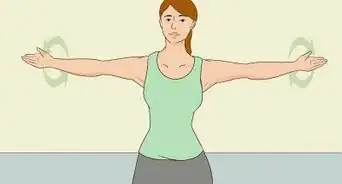
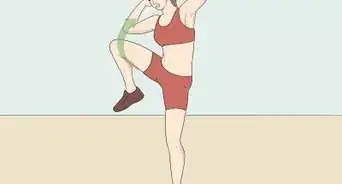
-Step-10-Version-5.webp)
